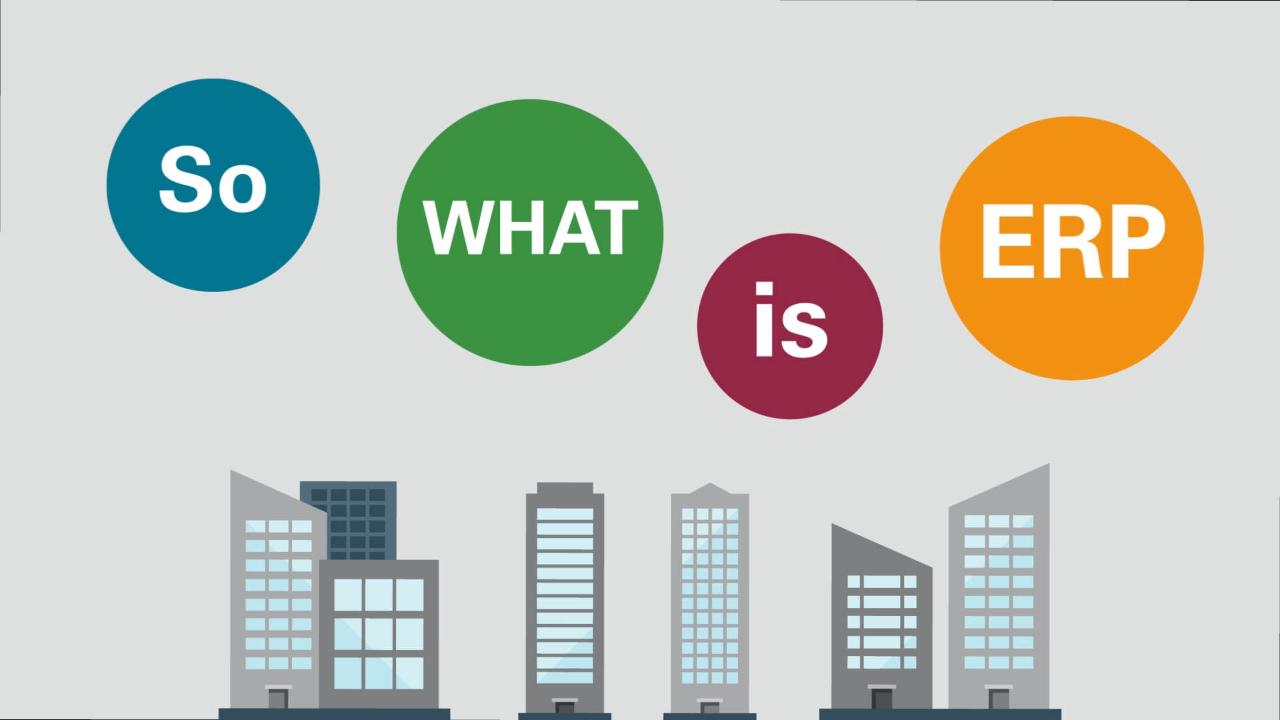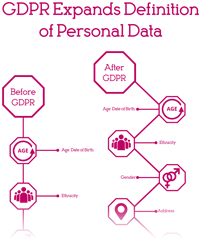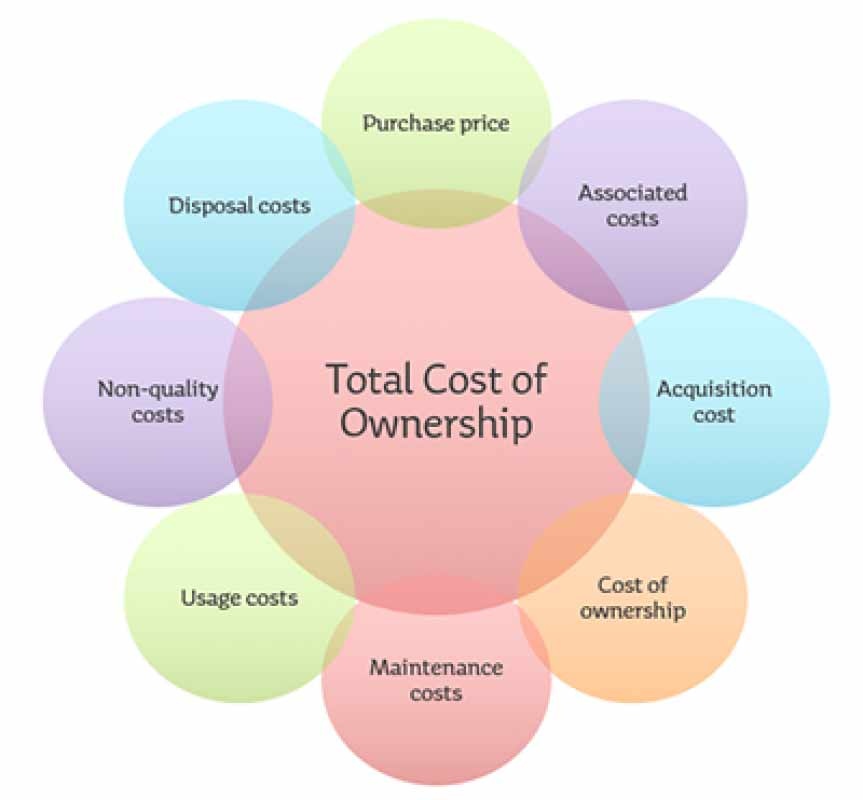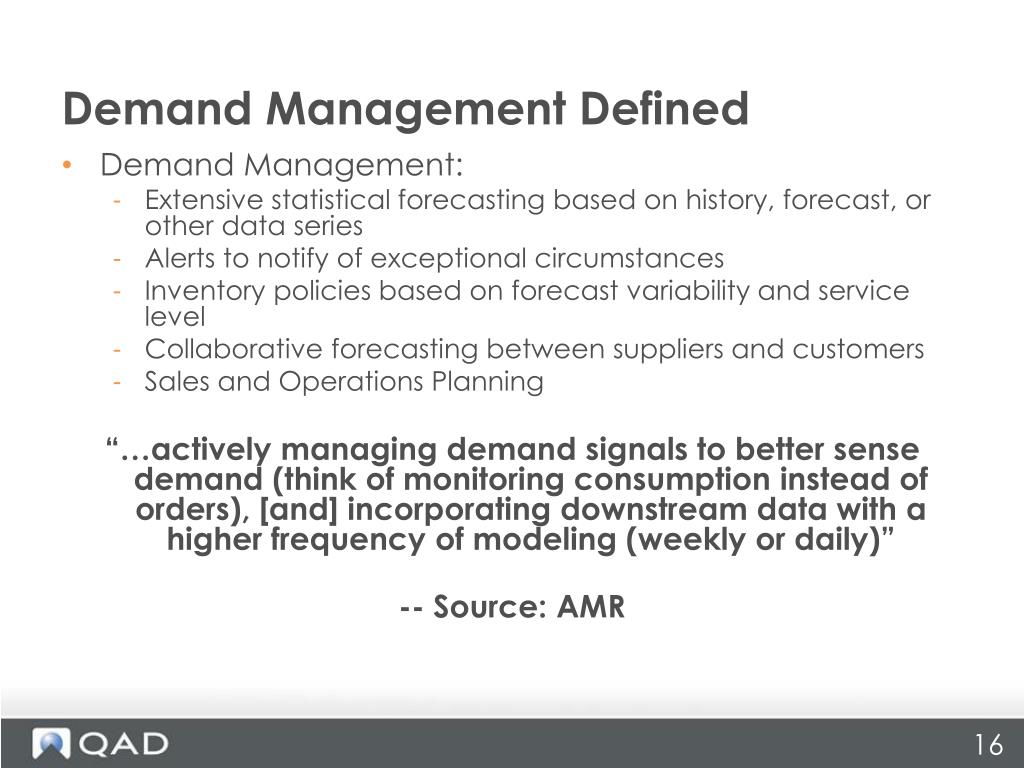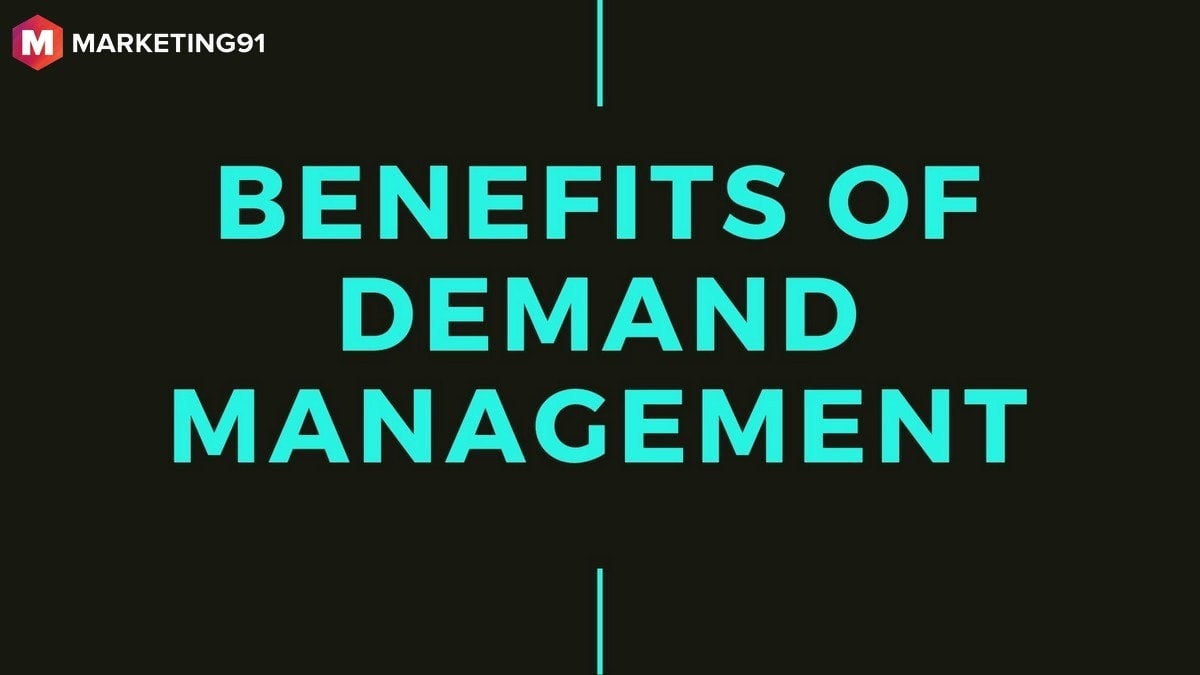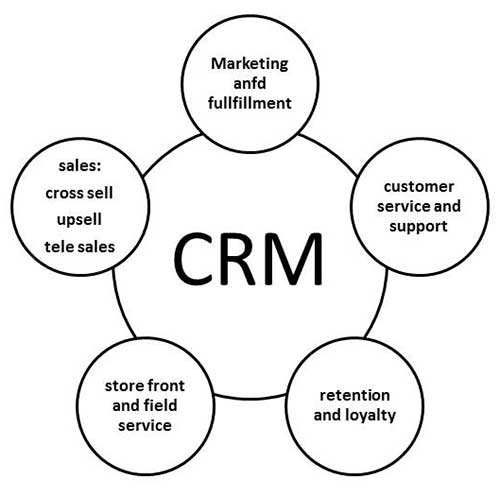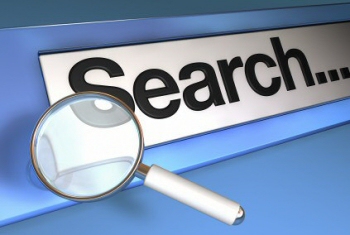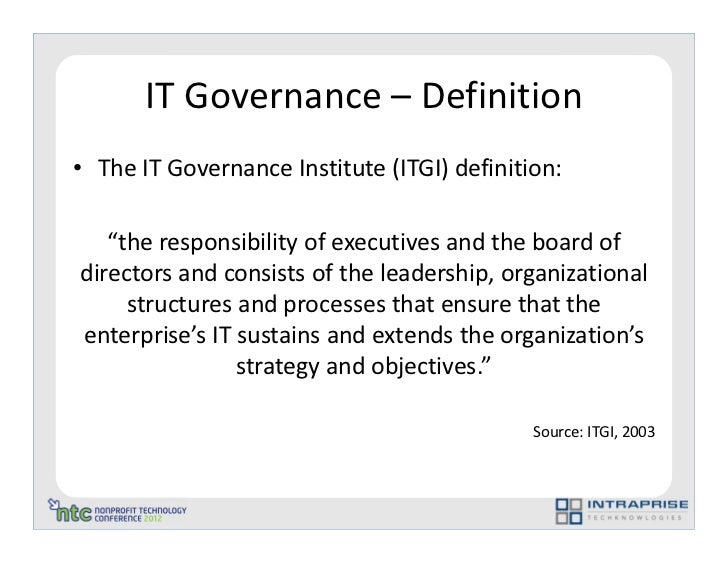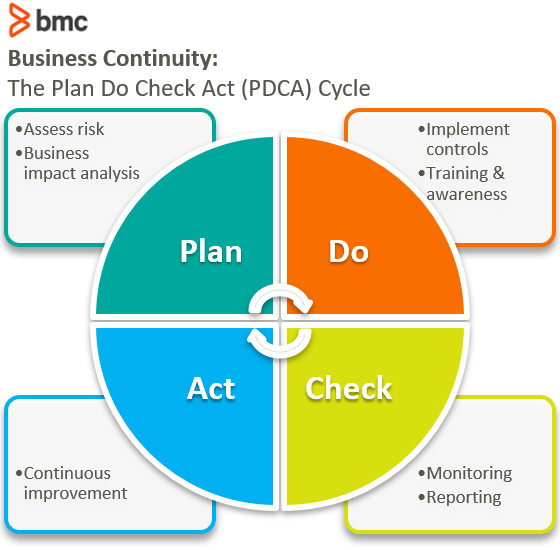The planning and introducing of new processes methods of working etc. Cameron and Green 2009.
Ad Learn How to Create Implement Deliver Organizational Transformation Programs.

Change management definition. Change management is a set of strategies and procedures used to manage an organizational change and guide people through the necessary transition to achieve the desired result. The world change is somewhat nebulous. Definition of Change Management.
2 Generally change management can address the large part of a business operation from planning to controlling. Addition the current definition of Change Management can contain individual change management models to address the people side of change. Change Management can be defined as the systematic approach to transforming processes systems structures technologies and values in order to correct the flaws and misalignments within the organization.
Change management is defined as the methods and manners in which a company describes and implements change within both its internal and external processes. Change management is the application of processes methods body of knowledge skills and experience to bring about the people side of change and therefore optimise the benefits of an initiative. Ad Learn How to Create Implement Deliver Organizational Transformation Programs.
In a company or. What is change management. Infrastructure professionals consider change management to be the process for approving testing and installing a new piece of equipment a cloud instance or a new release of an application.
We apply change management by helping individuals impacted by a change make the successful personal transitions that enable them to engage adopt and use a change. Organization and governance structure product development. Change management is the process tools and techniques to manage the people-side of business change to achieve the required business outcome and to realize that business change effectively within the social infrastructure of the workplace.
Change management is the overarching approach taken in an organisation to move from the current to a future desirable state using a coordinated and structured approach in collaboration with stakeholders. Change management is the application of a structured process and set of tools for leading the people side of change to achieve a desired outcome. Change management is a systematic approach that includes dealing with the transition or transformation of organizational goals core.
Change Management Definition Change management is the systematic approach to adjusting and transitioning organisational processes procedures strategies attitudes functions or technologies from their existing state to one that is considered superior Burnes 2009. Change Management Description. It entails a set of activities that help the members to switch from their present way of working to the intended one.
What is Organizational Change. Definition from APM Body of Knowledge 7 th edition. It can mean different things to.
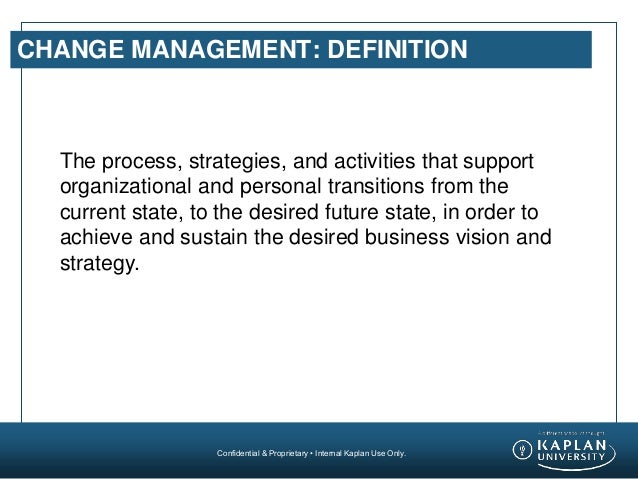

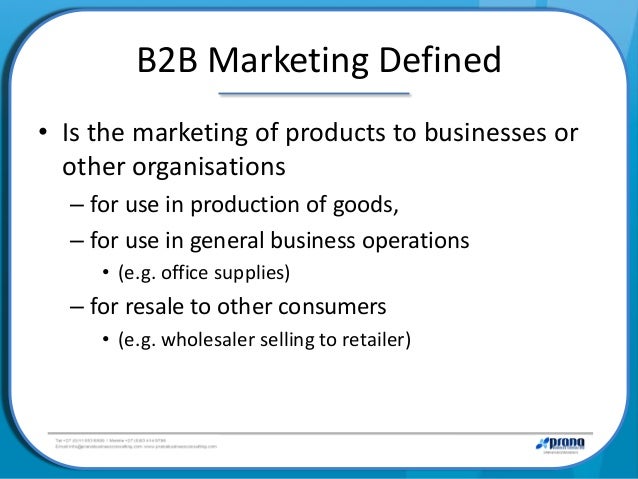










/what-is-a-human-resource-1918144_final-b39481416bdd4f689e11df61ab88b906.png)


